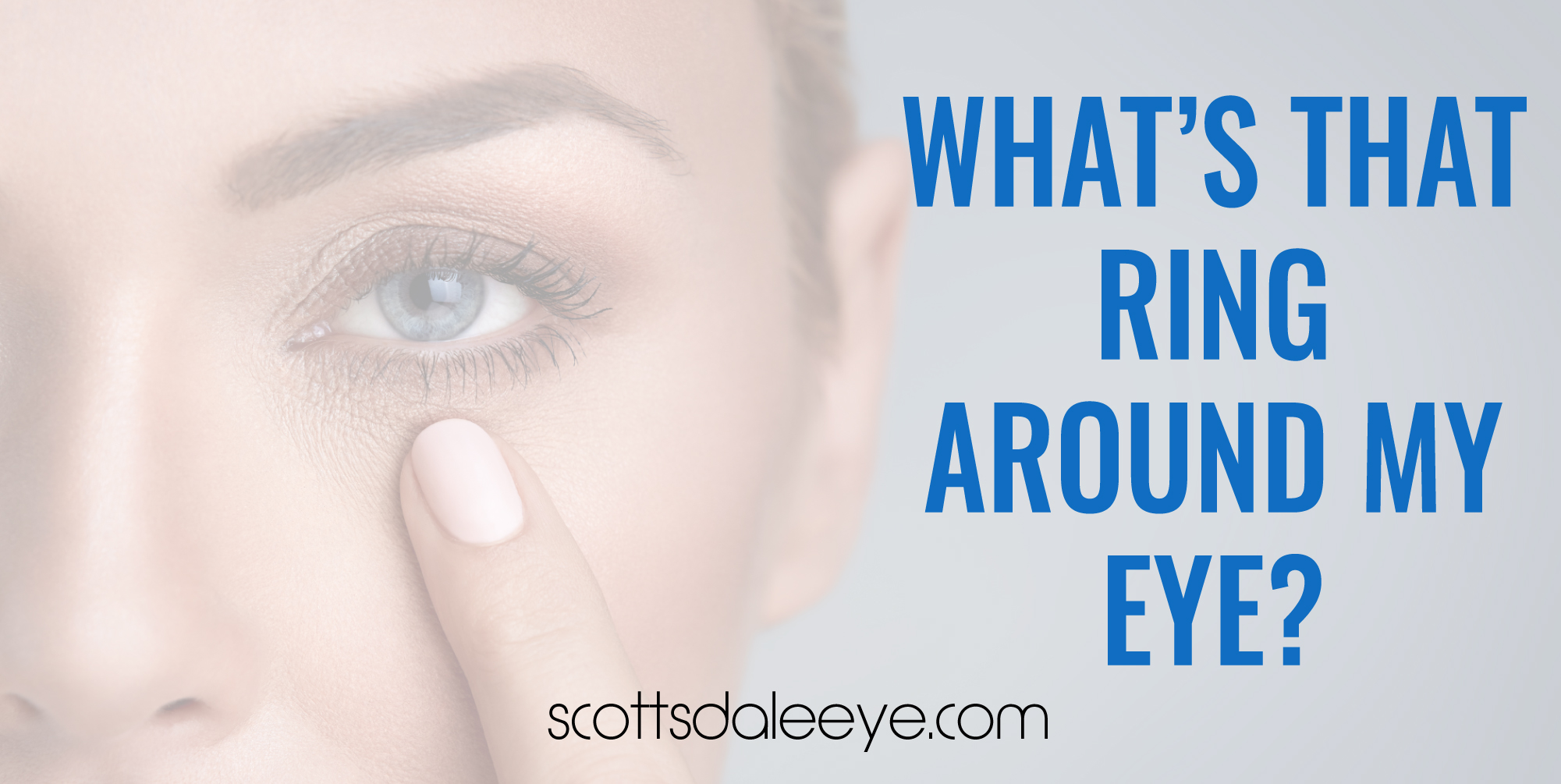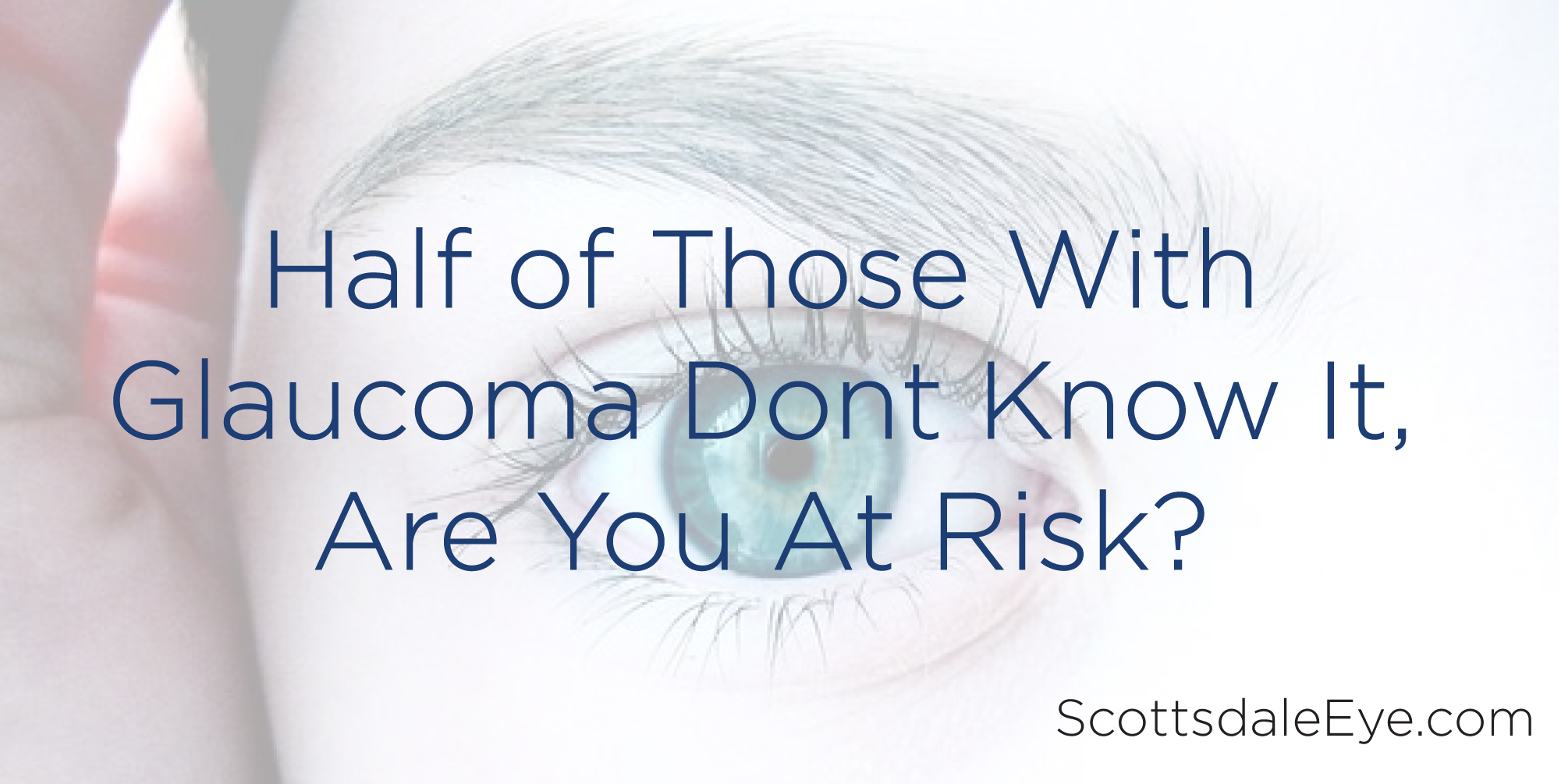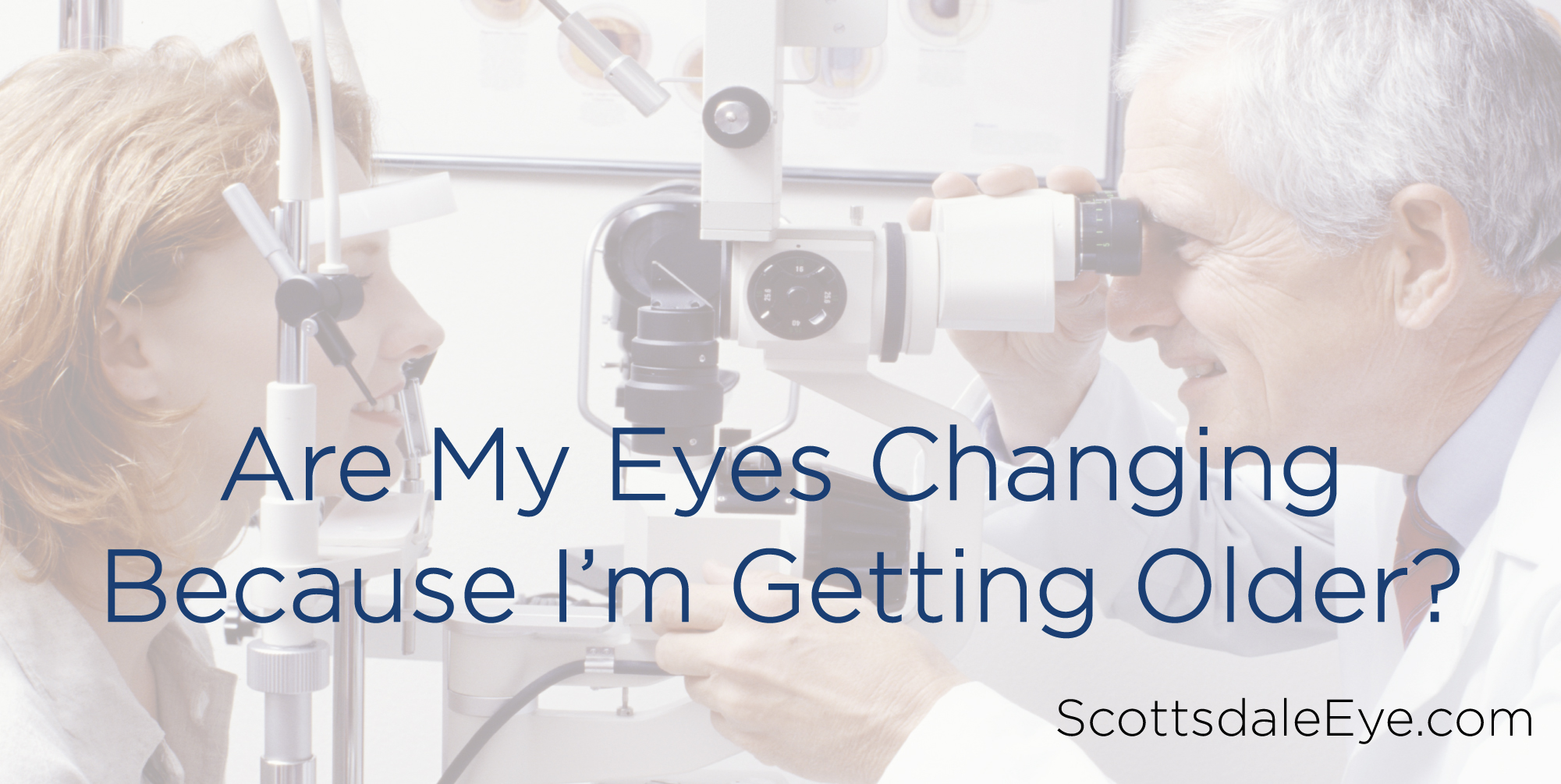Presbyopia is an age-related eye condition that makes it more difficult to see up close.
When we are young, the lens in our eyes is soft and flexible and changes easily, allowing you to focus on objects both close up and far away. After the age of 40, and as we continue to age, the lens becomes more stiff, which makes it difficult to change shape and focus on objects that are close up.
Causes & symptoms of Presbyopia
Unlike nearsightedness and farsightedness, presbyopia is caused by the aging of the eye. It is generally believed that, as we age, changes in the lens protein make up trigger the lens to become less flexible. This is why it is common for people over the age of 40 to hold reading material farther away in order to see it more clearly. Other symptoms include eyestrain, headaches, or feeling tired after doing up close work.
Diagnosing and treating Presbyopia
A routine eye exam performed by your doctor will diagnose and determine the degree of presbyopia. Once diagnosed, reading glasses are the most common and simplest ways to correct presbyopia. If you wear contact lenses, your doctor can prescribe reading glasses that can be worn with your regular contacts. Eyeglasses with bifocal or progressive lenses are another common method of correcting presbyopia. There are other simple methods of correcting presbyopia, such as multifocal contact lenses, or monovision, which is using two different contact lenses, one for distance and one for close up vision.
If you would like more information about presbyopia or wish to make an appointment, please call our office, 480 994-1872 or visit our website at ScottsdaleEye.com. We also carry a large selection of reading glasses in our optical boutique, which is conveniently located in our office.
Source: GetEyeSmart.org











